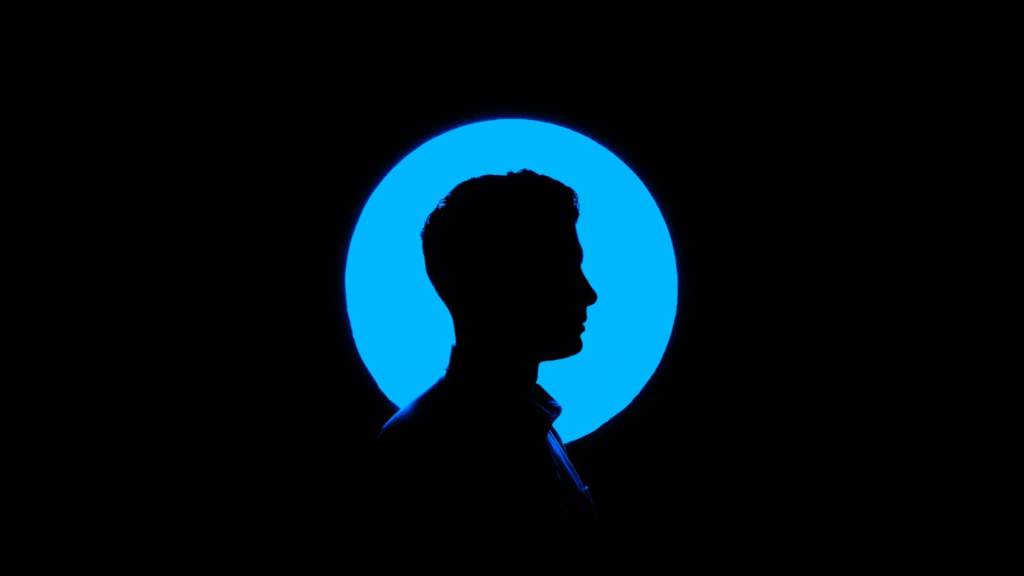Five principles that can help you jump-start your career, revitalize your brand, and win new business.
The global recession and mass layoffs have forced many people to reconsider their careers and life choices. In too many cases, their jobs simply don’t exist anymore. In these turbulent times, where does one turn for personal branding advice? As I was researching the material for my new book, The Innovation Secrets of Steve Jobs (McGraw Hill) I realized that many of the principles behind Jobs’ breakthrough success at Apple apply equally to the management of one’s personal brand. Jobs has had his share of setbacks and skeptics.
He started what would become a multi-billion dollar brand by sharing his parents’ kitchen table, he was fired from the company he started, and he rebounded from two near-death experiences to become one of the most iconic business leaders in corporate history. He’s learned a lot along the way and he has a lot to teach the rest of us. Here are just a few ways Jobs can teach you to ‘think differently’ about your personal brand.
Put a dent in the universe
Steve Jobs has never underestimated the power of vision to move a brand forward. Vision inspires new ideas and attracts evangelists to your cause. In 1976, Steve Wozniak was captivated by Jobs’ vision to “put a computer in the hands of everyday people.” Wozniak was the engineering genius behind the Apple I and the Apple II, but it was Jobs’ vision that inspired Wozniak to focus his skills on building a computer for the masses. Jobs’ vision was intoxicating because it had four components that all inspiring visions share: It was 1) bold, 2) specific, 3) concise and 4) consistently communicated.
In 1979, Jobs took a tour of the Xerox research facility in Palo Alto, California. There he saw a new technology that let users interact with the computer via graphical icons on the screen instead of entering complex line commands. It was called a “graphical user interface.” In that moment, Jobs knew that this technology would allow him to fulfill his vision of putting a computer in the hands of everyday people. He went back to Apple and refocused his team’s effort on building the computer that would eventually become the Macintosh and forever change the way we talked to computers. Jobs later said that Xerox could have “dominated” the computer industry but instead its ‘vision’ was limited to building another copier.
Innovation—the kind with a big “I” that moves society forward—doesn’t happen without a bold vision. Just as Jobs had a vision for his brand, you must have a vision for the most important brand of all—yourself. Passion gives you energy to overcome skeptics and obstacles, but vision points you in the ultimate direction.
Kick-start your brain
Innovation—in products or careers—requires creativity and creativity requires that you think differently about…the way you think. Scientists who study the way the brain works have discovered that innovators like Steve Jobs do think differently but they use a technique available to all of us—they seek out “diverse experiences.” This reminds me of the story behind Apple’s name. The idea fell from a tree, literally. Steve Jobs had returned from visiting a commune-like place in Oregon located in an apple orchard. Apple co-founder and Jobs’ pal, Steve Wozniak, picked him up from the airport. On the drive home, Jobs simply said, “I came up with a name for our company—Apple.” Wozniak said they could have tried to come up with more technical sounding names but their vision was to make computers approachable. Apple fit nicely.
Steve Jobs creates new ideas precisely because he has spent a lifetime exploring new and unrelated things—seeking out diverse experiences. Jobs hired people from outside the computing profession, he studied the art of calligraphy in college (a study that found its way into the first Macintosh), meditated in an Indian ashram, studied the fine details of a Mercedes-Benz, and evaluated The Four Seasons hotel chain as he developed the customer service model for the Apple Stores. Look outside your industry for inspiration. Bombard the brain with new experiences. Remove the shackles of past experiences.
Say no to 1,000 things
Steve Jobs once said the secret to innovation comes from “saying no to 1,000 things.” Steve Jobs is as proud of what Apple chooses not to do as he is about what Apple chooses to focus on. The lesson—don’t spread yourself too thin. Find the career that intersects your passion, skill and the ability to make money doing it. Once you find it, focus on it, work at it, and dedicate yourself to excellence in that area. Say “no” to anything else that will distract you from pursuing that career. If you are looking for a work or frustrated with your current job, there will be plenty of friends, families and colleagues who offer unsolicited advice on what’s best for you. Filter out the ideas that might derail you from the career best matching your strengths and passion.
Master presentation skills
Steve Jobs is considered one of the greatest corporate storytellers in the world. His presentations inform, educate and entertain. By giving extraordinary presentations, Steve Jobs stands out as a leader and communicator. You are being judged to a large degree on your ability to communicate what you do. The big difference between extraordinary communicators like Steve Jobs and the average leader is that people like Jobs use presentations to complement the message. The speaker is the storyteller; PowerPoint slides serve as a backdrop to the story. That means you must learn to avoid bullet points and to think visually about bringing a story to life. Read The Presentation Secrets of Steve Jobs (McGraw Hill, October 2009), for tips and techniques to create a presentation that would make Steve Jobs proud.
Don’t let bozos get you down
Steve Jobs knew he had the skills to build a computer that would be simple enough for the average person to enjoy. Few others shared his vision. Ken Olsen, the founder of Digital Equipment, once told Jobs “There is no reason why anyone would want a computer in their home.” Thank goodness Jobs didn’t listen. When Jobs returned to Apple in 1997 after a 12-year absence from the company he started, Apple was close to bankruptcy but Jobs rallied his employees, customers, and investors with the vision of what Apple could become. Millions of Apple fans have Jobs to thank for not listening to critics who believed Apple was destined to fail. If he had, consumers would not be enjoying Macs, iPods, iPads, and iPhones which popularized touch-screen technology. Many people around you think they know what’s best for you. Only you can be true to your own heart and intuition.
Innovation sits in a lonely place because very, very few people have their courage of their convictions and the self-confidence to tune out negative voices. Perhaps the greatest lesson Steve Jobs teaches us is that risk-taking requires courage. Believe in yourself and your vision and be prepared to constantly defend those beliefs. Only then will you be able to lead an “insanely great” life and career.












